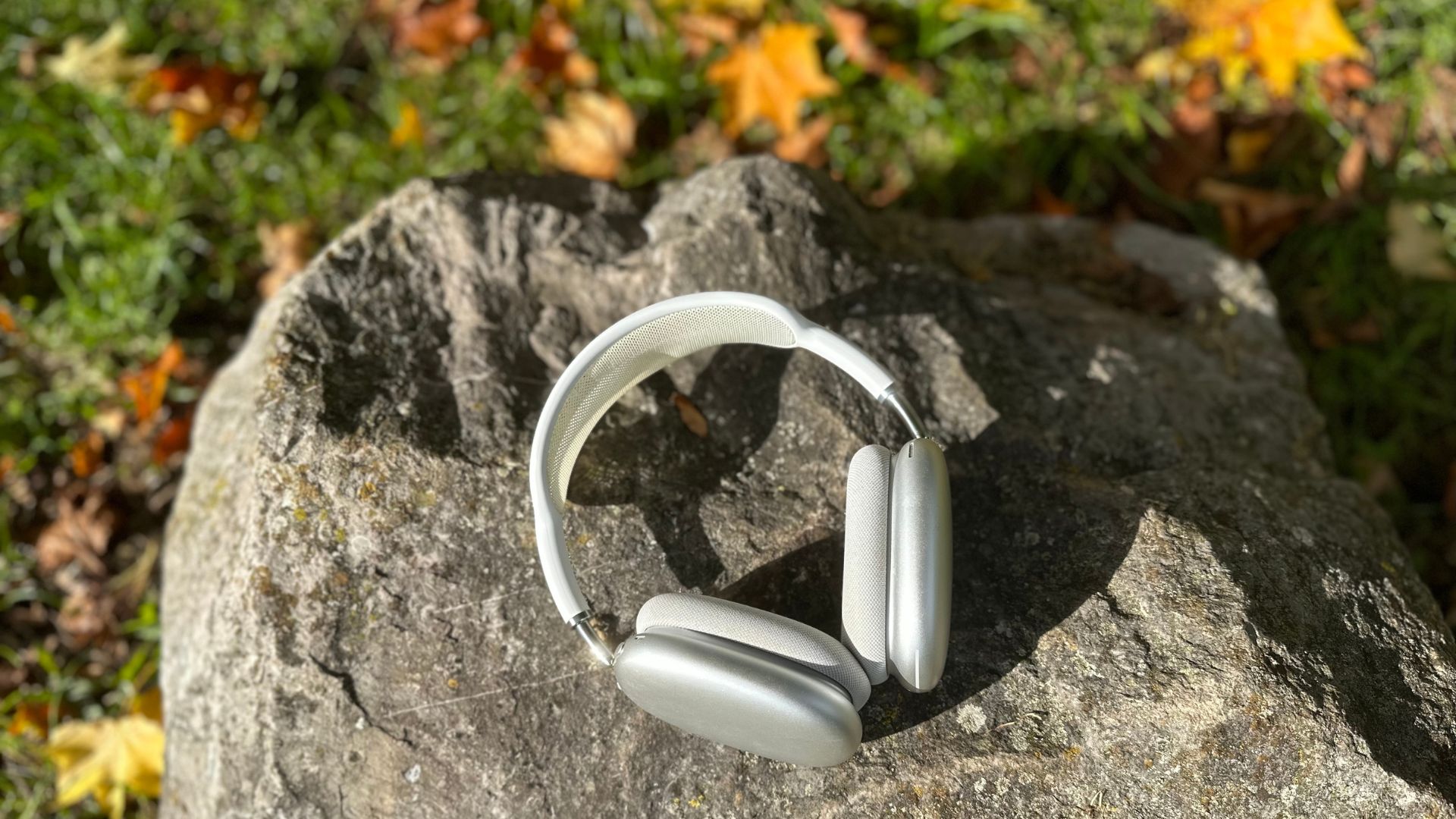Listening to music on your iPhone could sound a whole lot better thanks to Apple's new DAC tech
A revolutionary new design to eliminate distortion.

There are DACs at the heart of almost every single piece of technology that you own around the house, apart from perhaps your fridge or your toaster. Even then, you might have one of those smart fridges or toasters that makes different, snazzy noises at you while your morning croissant bakes, or the lettuce is about to go out of date — in which case, a DAC really is in every piece of technology around you.
They’re relatively simple devices in concept, but they become extremely complicated when you start looking into how they work. Ostensibly, a DAC lives and dies by its ability to convert a digital sound signal (the kind that Spotify or Apple Music pumps out — they’re coming from a circuit board rather than a tape, after all) into an analog one that your headphones can run through some speakers in your ears. Music.
Not all DACs are created equal, of course — and according to Headphonesty, Apple has just revolutionized DAC technology to improve the musical sound quality of its best iPhones and more.
What does it all mean?
The Headphonesty report goes deep into the technical details of the new DAC technology, and if you’re even remotely interested in how your sound equipment works and why this new Apple development is so revolutionary and cool, you should give the whole thing a read multiple times. There’s a lot of technical information in there, so I’ll do my best to put it in simple terms here.
In essence, it’s about the process inside the DAC which converts the audio from digital to analog. Currently, a DAC will use a series of different cells to process the audio, with some doing more work to adapt the signal than others. That can result in more distortion to the final conversion, something that those who are interested in super high-quality audio aren’t the biggest fans of.
Apple’s new DAC patent uses what's called a ‘fractal layout’, which will distribute the conversion over different cells, with each one doing an equal job. That will iron out distortion and leave you with a better-converted track in the long run.
What does it mean for your music and your ear holes? Your music is going to sound clearer, your iPhone is going to be capable of much higher audio quality, and Apple devices are potentially going to be some of the best-sounding devices around. This is a hardware change and will live inside your Apple devices from your iPhone, your MacBook, your iPad, or even your Apple-made USB-C cables that you’ll buy at some point in the future. As for when we’ll actually see it in our devices? As with all patents, they are more a statement of potential rather than a guaranteed appearance, although we’re hopeful we’ll see the technology in our iPhones at some point down the line, but don't expect it in iPhone 16.
iMore offers spot-on advice and guidance from our team of experts, with decades of Apple device experience to lean on. Learn more with iMore!
If you’re interested in getting really into the weeds about the new technology then you should take a read of the patent itself — it’s a monster, however, so get comfy.
More from iMore

As iMore's Senior Staff writer, Tammy uses her background in audio and Masters in screenwriting to pen engaging product reviews and informative buying guides. The resident audiophile (or audio weirdo), she's got an eye for detail and a love of top-quality sound. Apple is her bread and butter, with attention on HomeKit and Apple iPhone and Mac hardware. You won't find her far away from a keyboard even outside of working at iMore – in her spare time, she spends her free time writing feature-length and TV screenplays. Also known to enjoy driving digital cars around virtual circuits, to varying degrees of success. Just don't ask her about AirPods Max - you probably won't like her answer.
